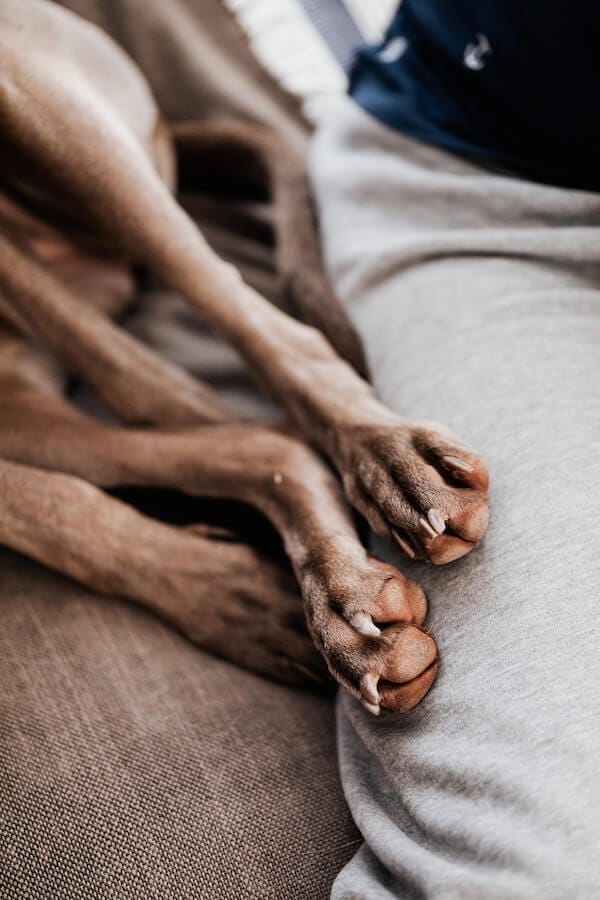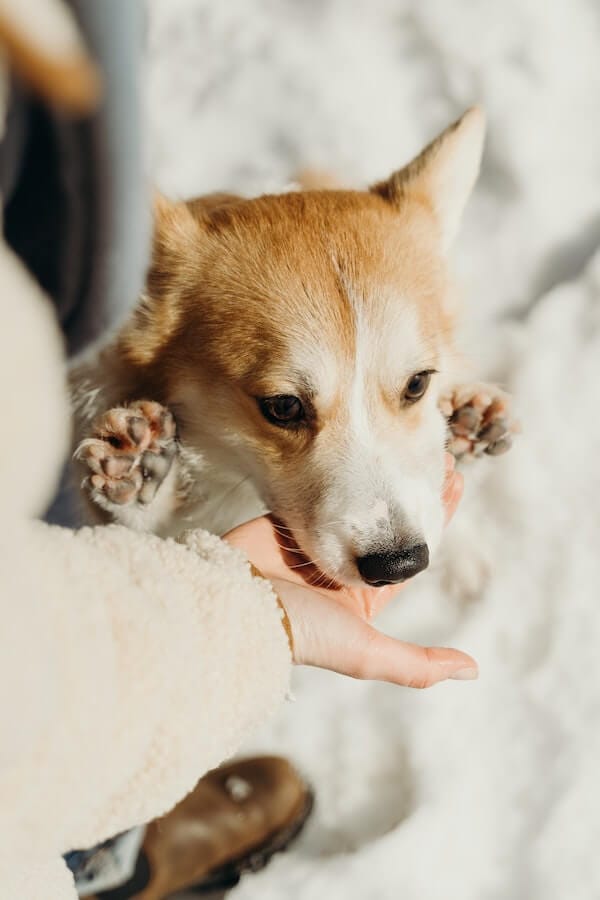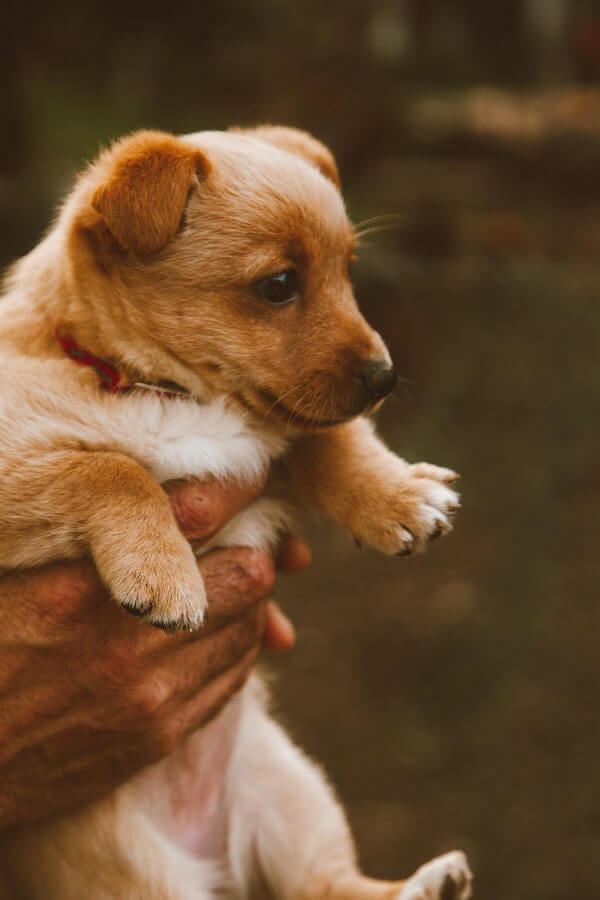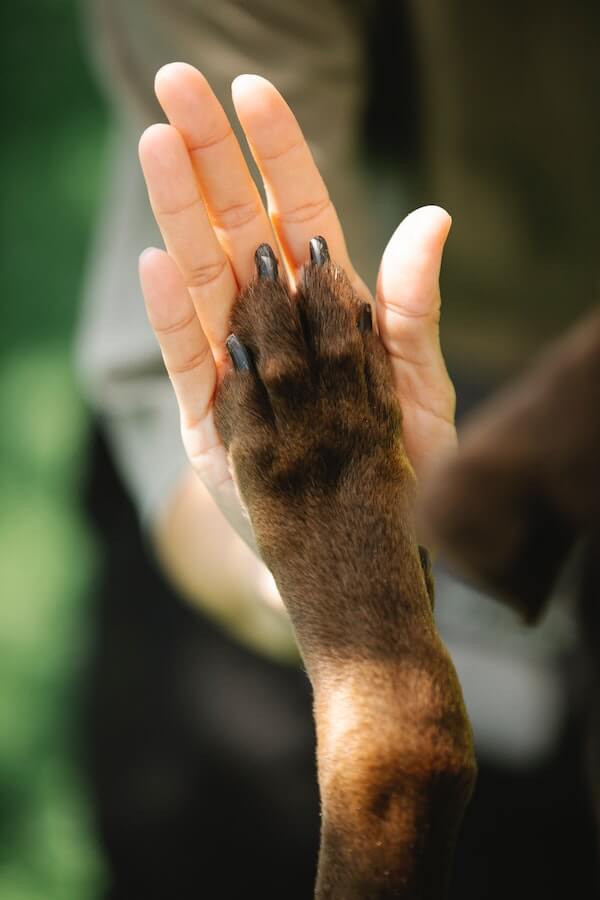
Trimming a dog’s nails may seem like an intimidating task, but with the right knowledge and equipment, it can be quite simple. So, how to trim a dog’s nails in a way that it is safe and can be done at home too?
This article is here to provide you with all the information and resources needed for successful nail trimming so that your pup can have healthy, happy paws!
Let us show you how to trim your dog’s nails – no prior experience is necessary. With our easy-to-follow tips and tricks, you’ll be a nail-trimming pro in no time.
So put on your safety goggles and let’s get started!
Do cutting dogs’ nails hurt them?

Cutting your dog’s nails is an integral part of grooming that shouldn’t be overlooked. But the question remains – do dogs feel pain when their nails are cut?
The good news is that cutting a dog’s nails doesn’t hurt them in the way you might think it does.
Dogs have specialized nerve endings around their nail beds called “quick,” which contain blood vessels and nerves.
When cutting your dog’s nails, aim to only trim off the tip of the nail, avoiding cutting too low and hitting the quick as this can cause bleeding and discomfort for your pup.
How to trim a dog’s nails

Trimming a dog’s nails is an important part of its grooming routine, as it helps to keep your pup’s feet healthy and protects you from scratches.
It may seem intimidating at first, but with the right tools, technique, and patience, you’ll be trimming your pup’s claws like a pro in no time. Here’s how:
Step 1 Get the Right Tools:
You will need nail clippers or scissors (depending on the size of your pup), styptic powder (in case you cut too close to the quick), and treats for rewards.
Step 2-Make Your Dog Comfortable:
To ensure there are no distractions, put your pup in a small room or secure area where they won’t run off.
Step 3-Examine Your Dog’s Nails:
Check each nail and determine the quick, which is the pink area containing living tissue and nerves.
The goal is to cut just above this line without cutting into it. If you do accidentally cut the quick, don’t panic—just apply styptic powder to stop any bleeding.
Step 4-Trim the Nails:
With a steady hand, clip or snip your pup’s nails one at a time in short, even strokes. Be sure to take frequent breaks and reward your pup with treats throughout the process.
Once you’re finished, check for any sharp edges or jagged pieces of the nail and file them down.
Trimming your pup’s nails may seem daunting at first, but the more you practice the easier it will become.
With a bit of patience and some tasty rewards for your pup, you’ll be providing a healthy paw-dicure in no time!
Step 5- Keep Up with Regular Maintenance:
Trim your pup’s nails every one to two months (depending on their activity level) to ensure they stay healthy and comfortable.
If you have any questions or concerns about trimming your dog’s nails, don’t hesitate to consult with a professional groomer or veterinarian for advice.
With these tips in hand, you can keep your pup’s paws sleek and safe!
Why do dogs not like having their nails cut?

Have you ever experienced the fear of taking your pup to have their nails cut? We’ve all been there! It can be a stressful and uncomfortable experience for both the dog and the owner.
But why is this so? There are actually three main reasons dogs don’t like having their nails cut:
1. Scared of the sound
Dogs have incredibly sensitive hearing and may find the buzzing or grinding noise from nail clippers unpleasant or frightening.
This feeling is compounded by a lack of understanding about what’s happening – after all, no one likes when something unexpected interrupts their routine!
2. It usually means some kind of restraint
Most groomers will need to hold your pet back for safety purposes while they work on the nails, which can be a very uncomfortable (and sometimes even painful) experience for your pup.
It takes away their sense of control and can lead to fear and anxiety.
3. Nail trimming can cause discomfort or pain
Dogs may feel pain when the quick – the nerve-filled area in the middle of each nail – is cut too short.
This feeling is amplified by their lack of understanding about what’s happening and why it’s necessary, leading them to associate nail trims with negative feelings.
This might make you want to give it a break that brings us to the next question asked by most dog parents:
What happens if I don’t trim my dog’s nails?
If you don’t take the time to trim your dog’s nails, they will start to become overgrown and can curl around into the soft tissue of their paws.
This is not only uncomfortable for your pup, but it can also cause painful splitting and cracking in their nails.
As a result, they may start limping or developing serious infections that require medical treatment.
Also, dogs chew their nails if they are even a little bit overgrown so it is better to trim that early stand to stop this behavior.
So make sure you take care of your pup and give them regular nail trims—it’ll help them stay happy, healthy, and injury-free!
Plus, it’ll save you from having to deal with all of those vet bills down the road.
Conclusion

Now that you know the steps on how to trim a dog’s nails, you can keep your dog well groomed.
Overall, cutting a dog’s nails may cause some short-term discomfort but shouldn’t cause them any long-term pain.
As long as you are careful and take proper precautions when trimming their nails, your pup should be just fine!
If you’re still unsure or worried about cutting Fido’s nails, it might be best to leave the job to a professional groomer.
That way, you can both relax knowing their paws are in good hands!
Don’t forget: a safe and easy pawdicure is just a few snips away!


GIPHY App Key not set. Please check settings